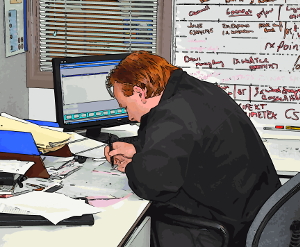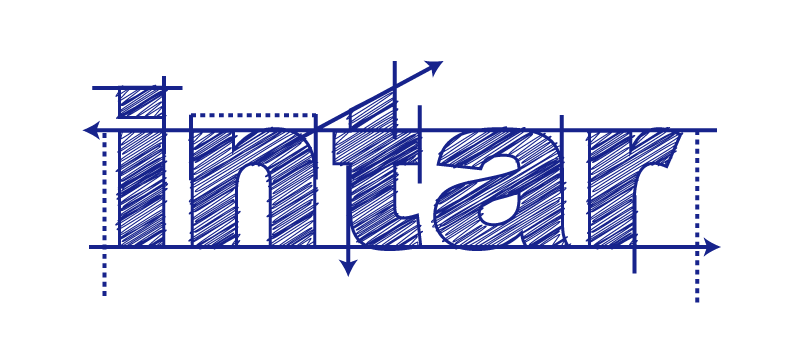Preparing the presentation

A good presentation must have clear goals.
Your audience needs to know where you're going with your delivery so they don't get lost along the way, or miss an important point because they didn't understand where it fitted in.
So one of the first questions you should ask yourself is:
Who is the target audience, and what are their needs and expectations?
This will help you to set the goals, and will also guide you in setting the right tone and choosing the most effective presentation style and visual aids.
Once you've established your end goals, you can then decide on what material to include in the presentation, what to leave out, and where the main points of emphasis should be.
Developing a structure
The structure should be simple, clear and logical. At its most basic, the framework should look like this:
Introduction: where you describe the objectives of the session and set the context.
Body: where the main content is presented.
Conclusion: where you summarise the main points and tell the audience what the next steps will be or what you expect them to do with the information you've given them.
This framework fits in nicely with the rule of thumb used by many public speakers:
Tell 'em what you're going to tell 'em
Tell 'em
Tell 'em what you've told 'em
Obviously you don't want to be too repetitive or boring, but you should take the opportunity to reinforce the central points of the presentation in each of the three main sections.
Writing the script
Although your actual delivery should be as free flowing and natural as possible, at the very least you should still prepare an outline of what you plan to say. Some trainers like to write out a full script word for word, so they can read it over before the session and remind themselves of all the details they want to cover. A script also lets you rehearse the delivery at home, and check that it's well paced and the right duration for the time available.
As a final preparation for the actual presentation, you can put the topic headings and key phrases onto a set of cue cards. These can then be used to jog your memory when you're in front of the group.

